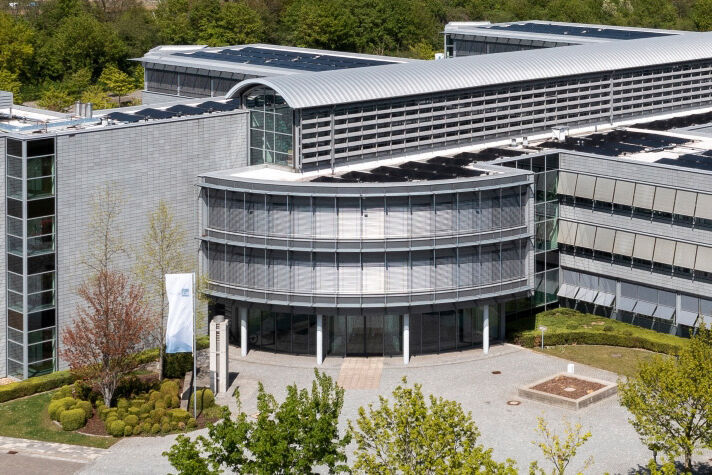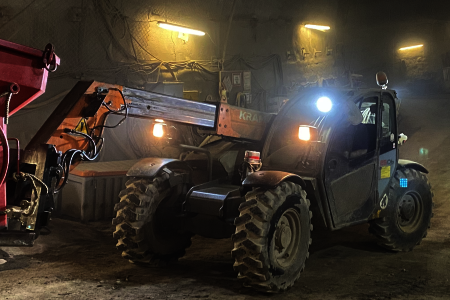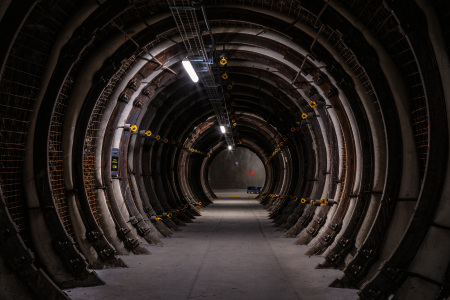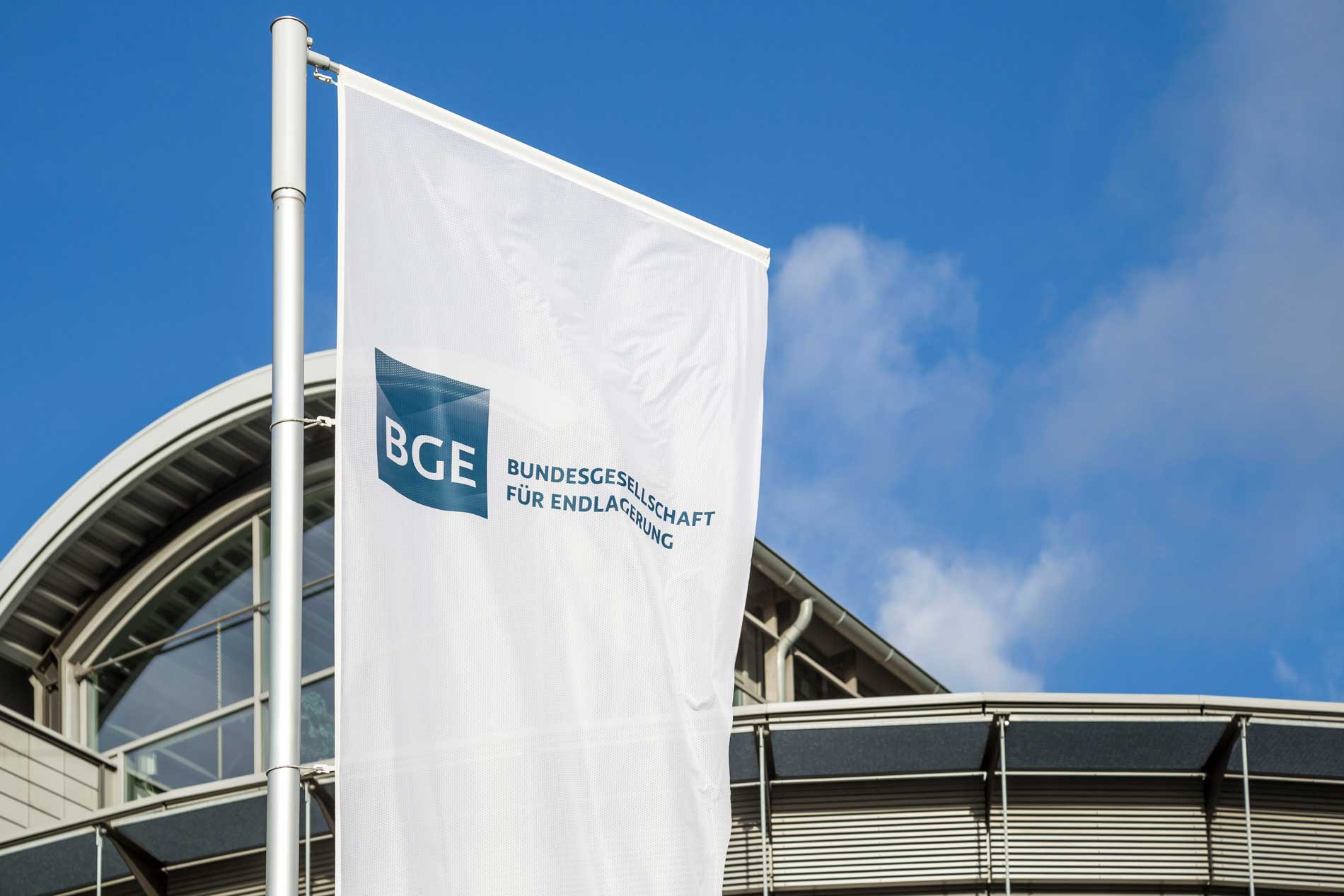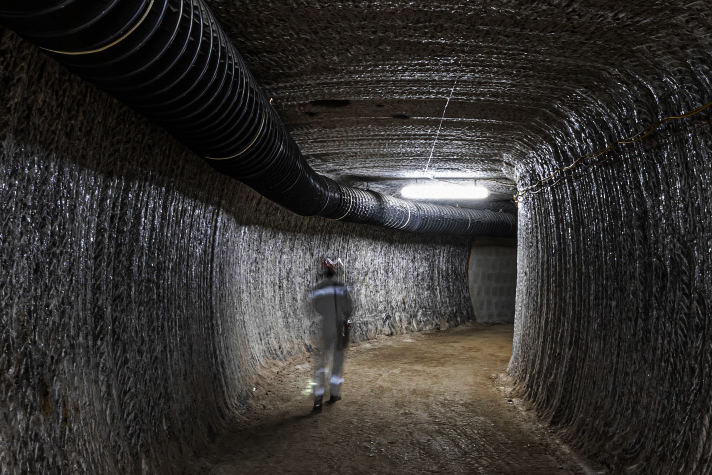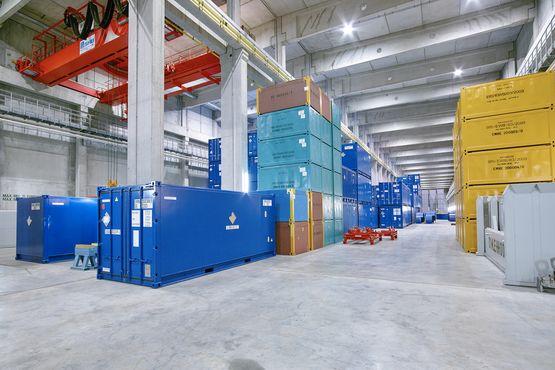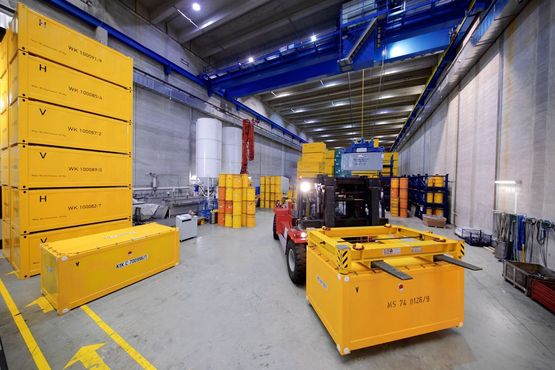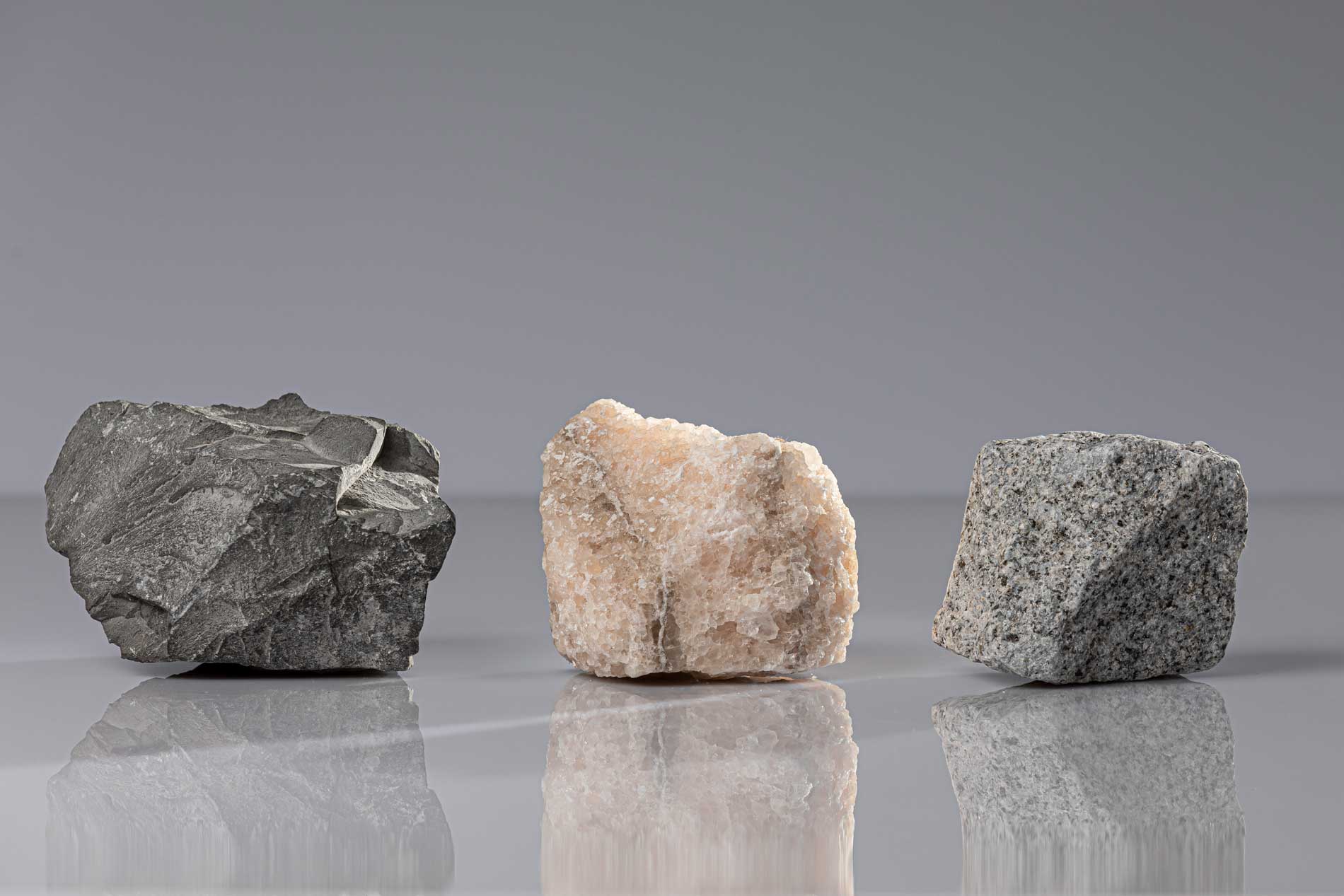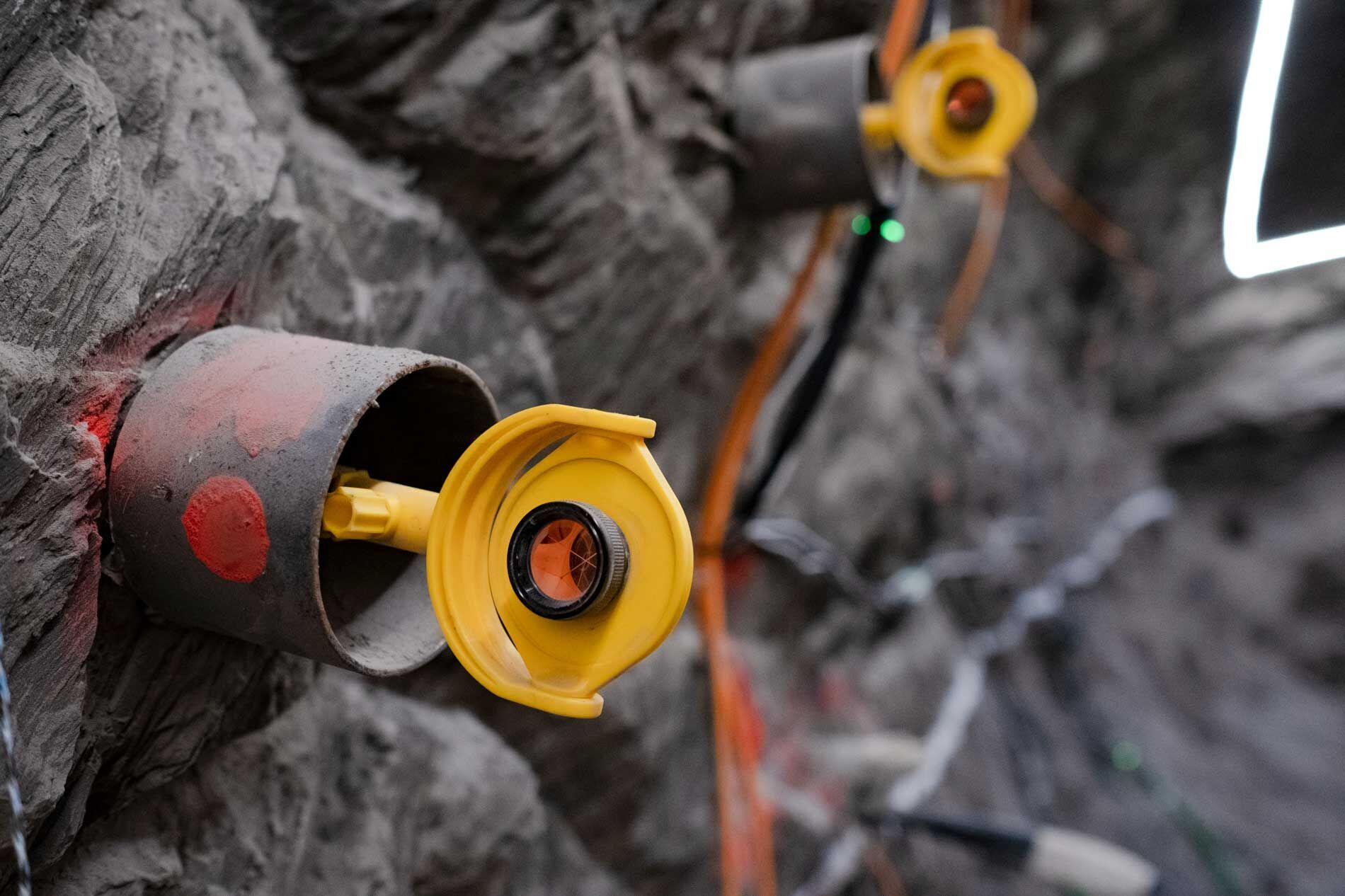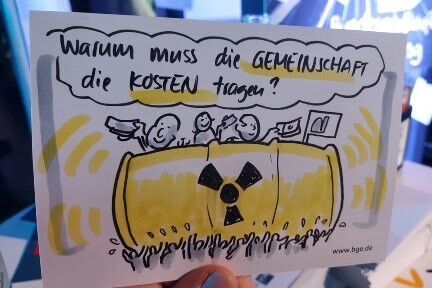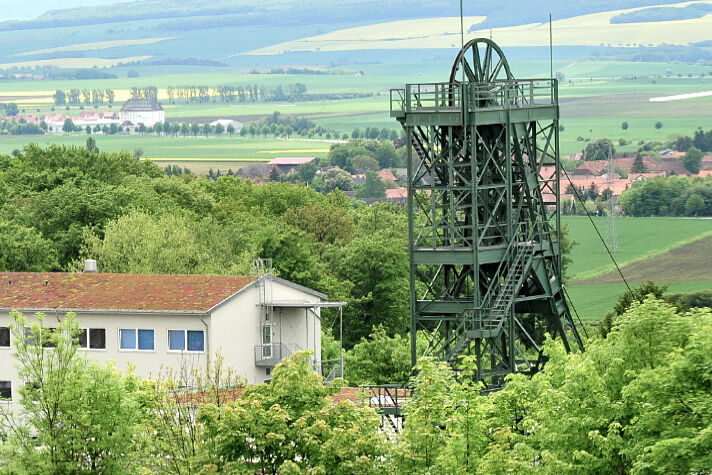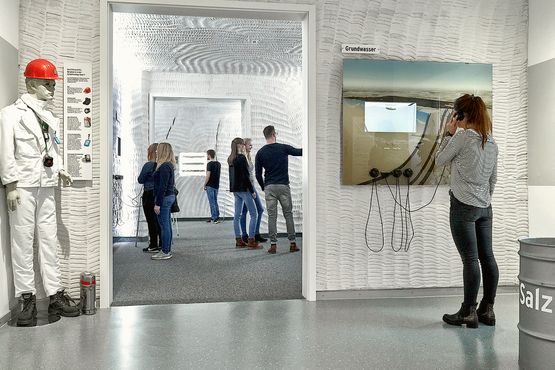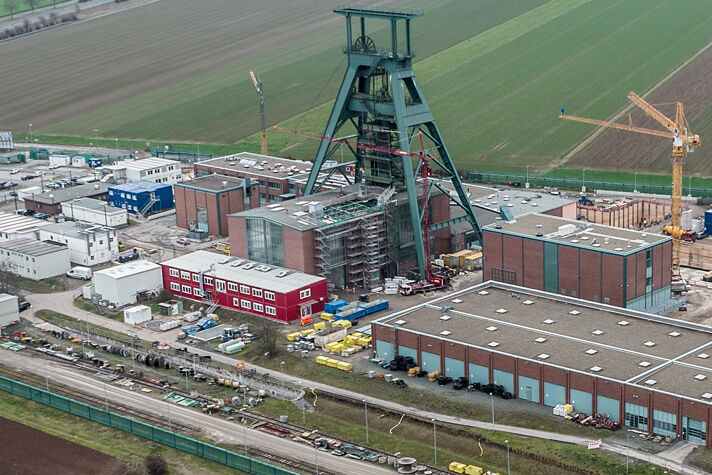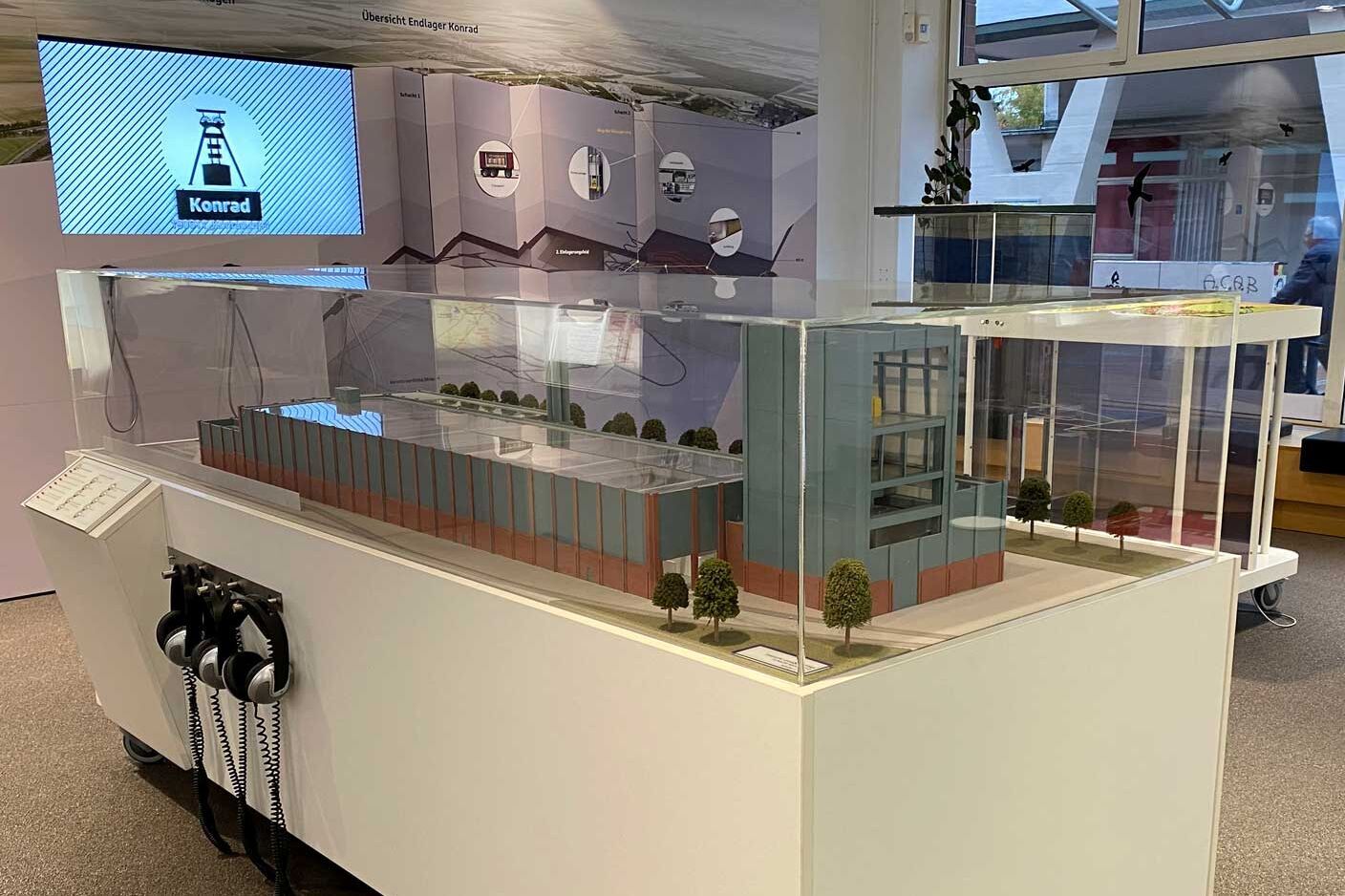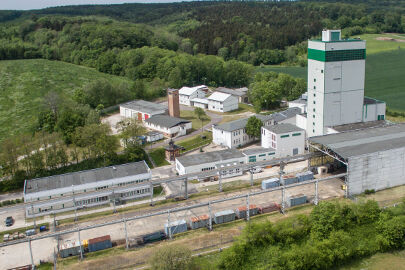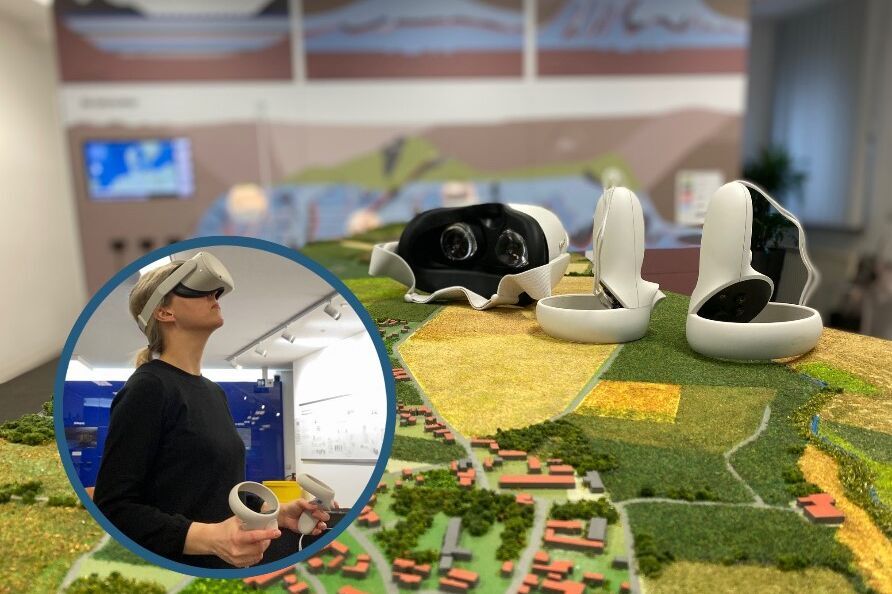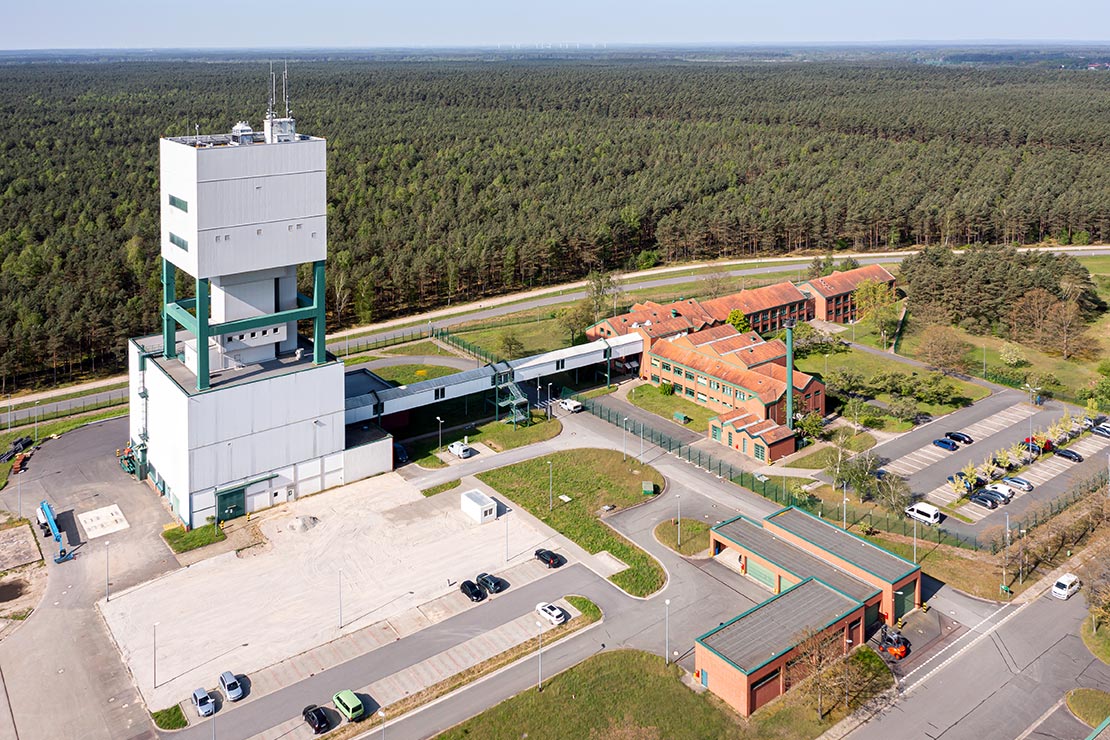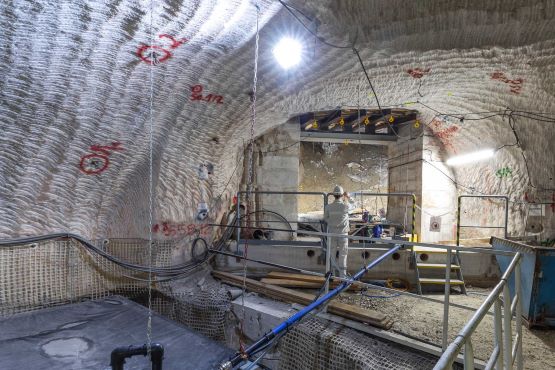As early as 2023, the Bundesgesellschaft für Endlagerung (BGE) observed irregularities in the collection of non-radioactive salt water volumes entering the facility. It then installed additional pump and hose systems in the “main collection point” in excavation 3 at the 658-metre level. A large proportion of the salt water that seeps in above the radioactive waste is collected there and pumped out of the mine. The amount of salt water collected has continued to decrease for about two months. The BGE already reported on this in February (German only).
The BGE has made an application to the State Office for Mining, Energy and Geology to upgrade the main collection point. To this end, the location and condition of the sealing film from 1996/1997 is first to be investigated and the lowest point of the seal determined. Miners will then create access to this lowest point from below and install a new drainage system for the salt water that requires collection.
“We must take great care to ensure that existing facilities for collecting the water are not damaged during the renovation work and that our employees are protected from the rock movements,” says the BGE’s Technical Managing Director, Dr Thomas Lautsch. “I'm glad that we have a very experienced team.”
Sustained rock pressure leads to damage
Over the past six days, only around 46 cubic metres of uncontaminated salt water have been pumped from the main collection point. This corresponds to an average of 8 cubic metres per day. The reasons for the current development are not known. In principle, the mine cavities of the Asse are exposed to strong rock pressure and are therefore constantly in motion. This can lead to recurrent shifts in the flow pathways of influent water from the point of entry into the mine cavities to the main collection point. These shifts constitute a risk because the safe control of influent salt water and reliable prevention of the ingress of water to the radioactive waste is a basic prerequisite for the waste’s retrieval. The BGE reports annually on the mine’s movements in a public expert workshop (German only).
Moreover, the BGE will continue to report on the progress of this work on its website, where you will also find further information on dealing with the salt water that is seeping into the Asse (German only).
About the BGE
The BGE is a federally owned company within the portfolio of the Federal Environment Ministry. On 25 April 2017, the BGE assumed responsibility from the Federal Office for Radiation Protection as the operator of the Konrad and Morsleben repositories and the Asse II mine. In addition to the decommissioning of the Gorleben mine, its other tasks include searching for a repository site for high-level radioactive waste produced in Germany on the basis of the Repository Site Selection Act, which entered into force in May 2017. Iris Graffunder is Chair of the Management Board, Marlis Koop is Managing Director and Labour Director, and Dr Thomas Lautsch is Technical Managing Director.

